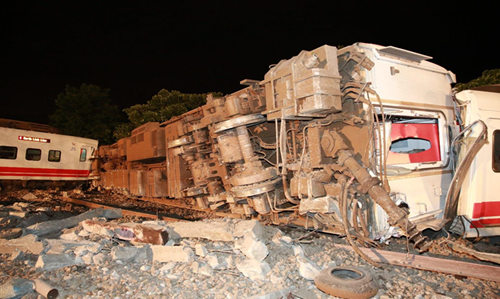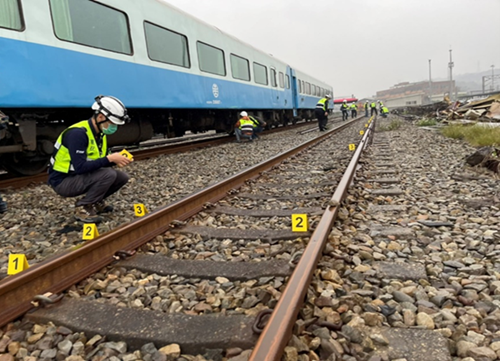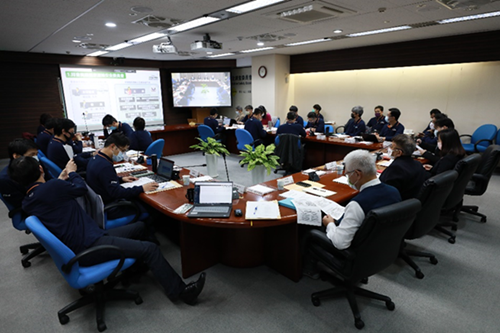Investigation Process
Who we are
The Taiwan Transportation Safety Board (TTSB) is an independent government agency in charge of transportation occurrence investigation in aviation (civil and public aircraft, ultralight aircraft, and unmanned aerial vehicles), marine (civil and public vessels), rail (train and mass rapid transports), and road transport, and advances transportation safety by issuing safety recommendations. The investigation aims to elevate the national transportation system safety, not to apportion blame or liability to a specific person(s) or operational group(s). The investigation report cannot be used as the sole evidence in judicial process. The TTSB conducts its safety investigation according to international regulations and domestic law (e.g. Transportation Occurrence Investigation Act.)
Our methodology
The TTSB investigation process can be divided into five phases: notification, on-scene, factual data collection and verification, causal factors and risks analysis, and report review.
Notification phase
The TTSB assigns an on-duty officer, who is responsible for responding to occurrence notifications 24/7. When a notification is received, and verified by the respective investigation division as an occurrence, a go-team would be dispatched by an investigator in charge (IIC) in rotation to the scene. For a suspect occurrence, an occurrence verification meeting will be convened by the respective investigation division after preliminary factual information is collected by the go-team. The decision will be made according to the Transportation Occurrence Investigation Act and relevant international regulations.
On-Scene phase
The IIC organizes an investigation team of size based on the severity and complication of the occurrence. The mission of the go-team is to collect and secure on-scene evidence that could easily vanish. For instance, rollingstock wheel tread marks and derail marks, debris, crew alcohol test, and interviews. Onboard recorders need to be disconnected and secured once a suspected railway occurrence is reported. In principle, the investigation team consists of different technical expertise, such as the operations group, maintenance group, rail traffic control group, recorder group, and organizations group, etc. TTSB investigators will act as the group chairman of each group, and professionals from other units, including authority, operator, rollingstock manufacturer, and technical advisors will act as group members.


Factual data collection and verification phase
The factual report includes all sorts of factual information, such as records of interviews, rollingstock basic data, damage information, site survey, recorder data, etc. The results of simulations, tests, and studies carried out as requested by the investigation team are also part of the factual report. Each group must complete its own group factual report during the factual data collection phase, and the IIC will integrate them into a factual report for the occurrence investigation. The report will be published after all involved parties jointly verifying of its content.


Causal factors and risk analysis phase
Based on the factual data, the investigation team will conduct analyses of safety risks and probable causes of the occurrence before proposing safety recommendations to produce a draft final report independently. If necessary, the IIC may invite all relevant parties to conduct technical review meetings and collect their comments about the draft final report. The draft final report would be amended if comments from parties are adopted. For any identified safety risk, the TTSB will coordinate with the involved parties to take all necessary actions immediately, and will not wait until the final report is published.
Final Report review phase
The draft final report will be sent to all relevant parties after being reviewed by all board members during the Board meeting. If the TTSB receives any comments within the next thirty days, those comments will be reviewed in the Board meeting and they will be amended into the draft final report as appropriate. The updated draft final report will be sent to all parties for comments once again and they may submit their intentions, within the next 15 days, to have an oral presentation regarding their comments in the next Board meeting. The board members will determine whether or not to accept the presented comments and amend them to the final report. The final report of the occurrence investigation will be published after all these procedures are complete.

